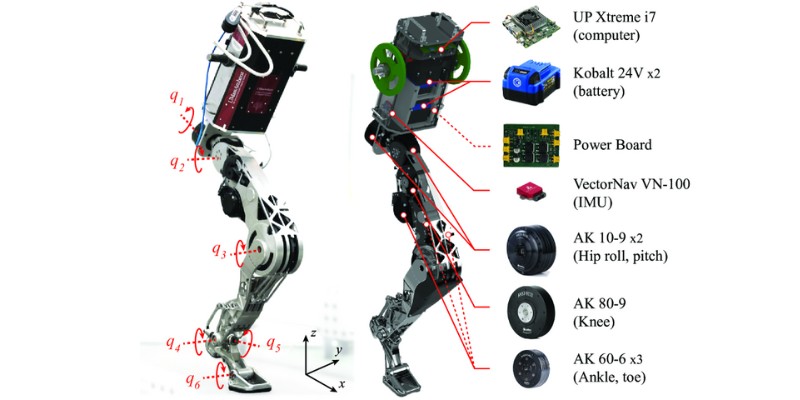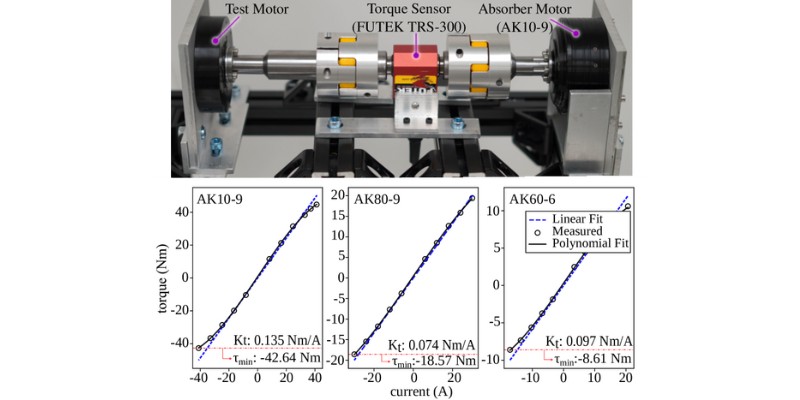Create your CubeMars account


The StaccaToe robot, developed by the University of Massachusetts Amherst, is a single-legged robot designed to emulate human leg and toe movements. This cutting-edge robot integrates advanced control technologies and innovative motor designs to explore how mimicking human biomechanics can improve performance in navigating complex terrains and handling high-difficulty tasks.
Lightweight Design and Structural Optimization
StaccaToe’s mechanical design has been meticulously optimized to reduce leg weight while maintaining essential structural rigidity. Compared to its predecessor, the HyperLeg, StaccaToe’s lower limb components (shin, ankle, and foot) have achieved a weight reduction of approximately 14.78%, while still maintaining high torsional and compressive strength. Although the thigh component has seen a slight weight increase, its enhanced rigidity allows it to withstand pressures up to four times its body weight. This lightweight yet robust design enables the robot to perform agile and complex movements.
Advanced Control System
The StaccaToe robot employs a combination of trajectory optimization and model predictive control (MPC) to ensure rapid responses in dynamic environments. This system not only enables stable walking but also allows for more complex maneuvers like jumping. MPC, in particular, enables real-time adaptability to different terrains, ensuring that the robot remains flexible and stable when reacting to sudden changes in its environment.
Power System and Efficient Driving
To support its dynamic actions, StaccaToe is equipped with a custom power system that delivers high current to its motors while maintaining stable operation. The power system uses dual lithium-ion batteries in series to run the motors at nearly their maximum allowable voltage, boosting speed limits and overall performance. This design not only improves energy efficiency but also ensures more stable performance during high-intensity tasks such as jumping.
Exceptional Motors and Feedback Control
Every joint in the StaccaToe robot is powered by CubeMars AK series motors, delivering strong torque and precise motion control. Specifically, the AK80-9 motor is used in the knee joint, renowned for its high torque output and low backlash, ensuring stability during motion. The ankle and foot joints are powered by AK10-9 and AK60-6 motors, respectively, which provide high-precision torque control. These motors allow the robot to maintain flexibility and stability during tasks such as jumping and balancing on its toes.
These motors have been optimized for weight, supporting more complex dynamic movements. Additionally, advanced current control techniques minimize friction and mechanical losses, allowing StaccaToe to operate efficiently for extended periods without compromising performance.
Excellent Cable Management
In robotic systems, cable management is often a critical yet overlooked aspect. StaccaToe incorporates a specialized cable management system to avoid tangling or loosening during operation, ensuring stable power and signal connections. This design significantly reduces the risk of electrical failures during operation and enhances the overall reliability of the system.

Conclusion
StaccaToe robot represents the convergence of lightweight structural design, advanced control techniques, efficient power management, and precise motor control. With these innovations, StaccaToe demonstrates enormous potential in exploring bionic dynamic movements and navigating complex environments. Whether in academic research or future practical applications, StaccaToe exemplifies a leading-edge approach to robotic motion control.